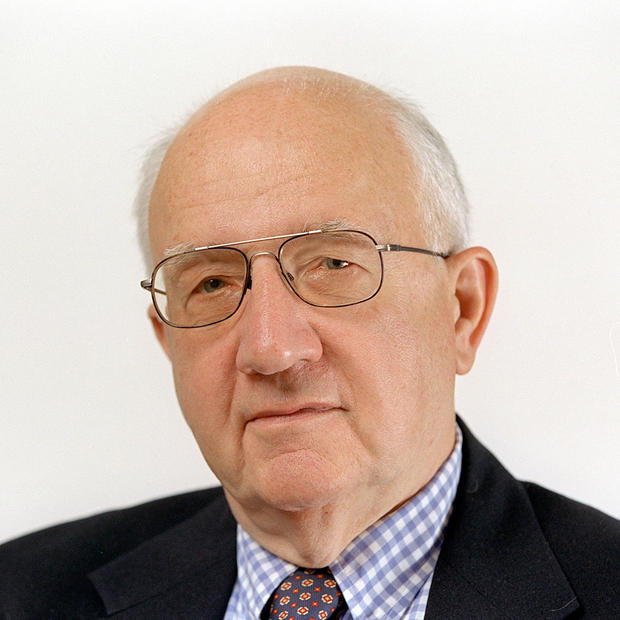Monday's unveiling of the Obama administration's plan to dispose of up to $1 trillion in so-called "toxic assets" — assets held by financial institutions for which there presently is no market — could have marked a turning point in the effort to end the present credit freeze and get the economy moving. Financial markets certainly liked it: the Dow leapt 500 points.
Some $100 billion in federal TARP funds will be allocated to this Private Public Investment Plan, to be matched by private investors, to acquire the assets in question. The formula to be used will, in effect, protect the private investors against loss. The principal alternative — the establishment of a government entity that would directly purchase all the bad assets — seemed unattractive to policymakers.
Prospective acquirers of the assets have been lying low, understandably reluctant to purchase them one day and then to discover the next day that government subsidies would be extended to those who stepped forward. The result: Everything has been frozen in place.
If Citigroup, Morgan Chase, Bank of America, and other major institutions can shed these toxic assets, their balance sheets will look much better and they will be able to extend fresh credit to borrowers. Or so the theory goes. If purchasers do not step forward to pick up the assets, at anywhere from 20 cents to 75 cents on the dollar, then it will be back to the drawing board and the Dow quickly will give up the 500 points, and more, that it gained Monday.
The administration, in unveiling the plan, seemed to have learned from previous missteps. Treasury Secretary Tim Geithner, who fumbled the unveiling of a partial plan more than a month ago, did not step forward to deliver the new plan on camera. Instead, he issued it in writing and gave a briefing to financial correspondents. President Obama went on TV to make the case for the program.
The plan's unveiling also diverted attention, at least for now, from the flap over executive bonuses paid to AIG and other executives of financial houses receiving federal bailout money. New York Attorney General Andrew Cuomo, who is running for governor on the basis of his pursuit of Wall Street miscreants, conceded publicly Monday that a majority of the AIG bonus babies already had returned their bonuses in full.
Public outrage over these bonuses is well founded. Defenders asserted that contracts which provided for the bonuses should not be broken. But contracts are broken or renegotiated all the time, of course, as in the case of the United Auto Workers who recently sacrificed contract-provided wages and benefits in order to keep the auto companies in business.
The toxic-asset plan just might work. If it does, it will immeasurably increase financial-market, Congressional, and public confidence in the new Obama administration.


